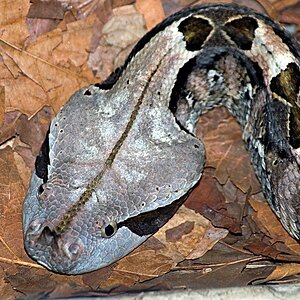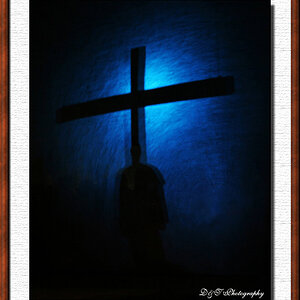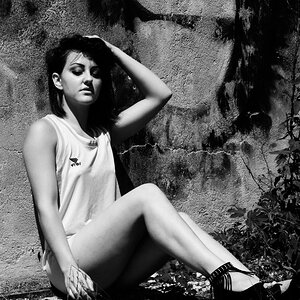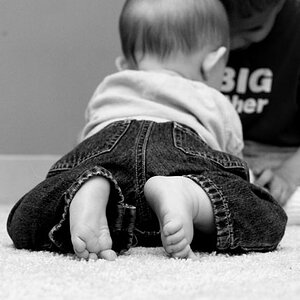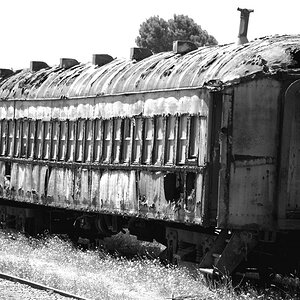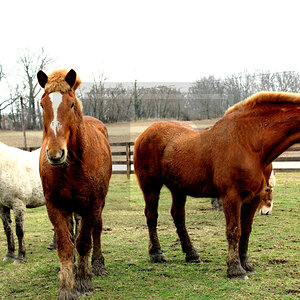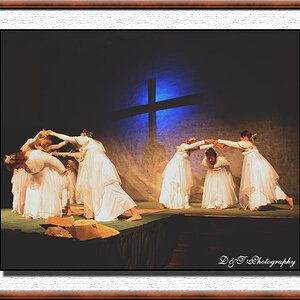Compaq
Been spending a lot of time on here!
- Joined
- Aug 29, 2010
- Messages
- 3,400
- Reaction score
- 657
- Location
- Norway
- Can others edit my Photos
- Photos OK to edit
Some cool portraits of the place where my girlfriend rents with some student friends. Ohh, and a few shots of my girlfriend 
1

Huset by Anders Myhre Brakestad, on Flickr
2

Huset 3 by Anders Myhre Brakestad, on Flickr
3

Huset 2 by Anders Myhre Brakestad, on Flickr
4

Heidi hoppar by Anders Myhre Brakestad, on Flickr
5

Heidi baklyst by Anders Myhre Brakestad, on Flickr
Thanks for watching. Comments always welcome!
Anders
1

Huset by Anders Myhre Brakestad, on Flickr
2

Huset 3 by Anders Myhre Brakestad, on Flickr
3

Huset 2 by Anders Myhre Brakestad, on Flickr
4

Heidi hoppar by Anders Myhre Brakestad, on Flickr
5

Heidi baklyst by Anders Myhre Brakestad, on Flickr
Thanks for watching. Comments always welcome!
Anders



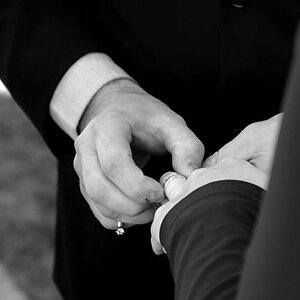
![[No title]](/data/xfmg/thumbnail/34/34064-66d345cd6eebe4b9f97597e03008d3b7.jpg?1619736260)
